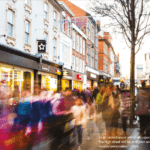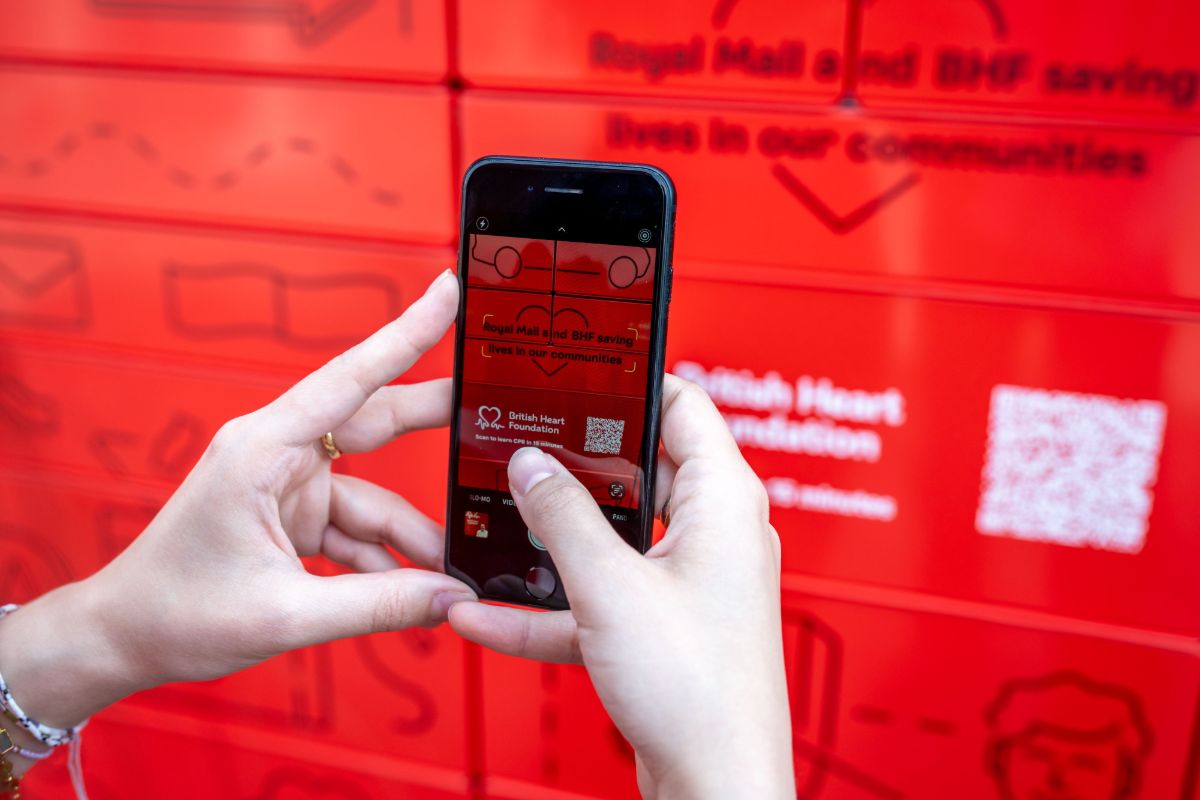Professor Jonathan Freeman tells Jonathan Wright how the store will become a place where retailers use technology to deliver personalised customer experiences
IN THE ERA of digitally driven retail, it’s clear that reports of the death of the bricks-and-mortar shop, reports that were commonplace just a few years back, were greatly exaggerated. As retailers as varied as Argos, Apple and John Lewis have proved, companies can re-engineer stores to make them an integral part of cross-channel operations.
“We’re looking at how to measure the interest of individual customers, based on their behaviour”
— Jonathan Freeman
But how will IRIS (internet retailing in-store) technology evolve over the coming years? Someone who has a keen interest here is Jonathan Freeman , both a professor of psychology at Goldsmiths, University of London and managing director of technology and usability researchers i2media. Some of his company’s most recent research has been around how best to reach customers with adverts and communications when they’re out and about, both in retail and non-retail environments.
Of course, retailers have long spent time analysing how shoppers use stores, watching what customers do in order to work out how best to display goods. However, what’s new here is the way i2media is looking at using digitally driven technology, such as cameras that provide a feed to analyse body language and facial expressions, to “code” how people react to their environments.
“There have been a lot of trials in beacon technology, triggering off ers to people based on where they are and so on,” says Freeman. “What there hasn’t been so far, and where we’re investing time and research at the moment, is in developing algorithms to work on real-time analytics that aren’t just on a shop level but an individual customer level to measure people’s receptiveness and interest, based on behaviour.”
There are technical challenges to creating real-world versions of the kind of algorithms that have long been used on the web. It may be, for instance, that a customer keeps returning to a coat display not because he or she is interested in buying a coat, but because that’s where he or she can get the best mobile reception in the store. However, such problems can be overcome, and they will be.
IDENTITY MATTERS
Another potential obstacle to implementing this kind of technology is around identifying individual customers. It’s one thing to be able to tell whether someone does or doesn’t like the coat they’ve just looked at, but what’s a retailer to do with this information? What message, if any, should the retailer send to the customer? In these circumstances, it would help to know exactly who the customer is.
For this reason, mobile technology is crucial here, because smartphones and, looking ahead, other kinds of wearable tech, will serve to identify individuals. “The more you know about the person and their interests, the more likely you are to be able to infer something accurate about their needs,” says Freeman. That’s especially true if, for example, the retailer can link to loyalty card information that relates to the customer’s behaviour in different channels.
PRIVACY ISSUES
While it’s easy to see what’s in this for the retailer, it’s nonetheless a potentially rather spooky use of technology. Will consumers accept this kind of tracking? “I think the reality is that we’re already tracked a hell of a lot more than we know,” says Freeman, a remark that rather illustrates the potential problem for retailers here. It’s one thing to be offered recommendations based on what you’ve been searching for on the web or to receive a marketing email, it’s potentially far more intrusive to receive a personalised, location-specific message on a device you carry around all day.
One way around this is to offer genuinely useful information and carefully tailored offers. However, Freeman says retailers and marketers may also have to make their terms and conditions far more transparent (which could be a nasty shock to the technology sector…) if they’re to gain consumer acceptance, to spell out how they will and won’t use data.
“You can imagine a wine and spirit retailer tracking a lot of people’s purchase decisions, browsing their histories to make recommendations and offers to them,” Freeman says. “That’s great, if you get good offers for less money. But if that data is then sold to a health insurance company who say you’ve been drinking five bottles of wine a week for however long, that would be more worrying for the consumer – no amount of discount on the wine initially would be worth that transaction.”
IMPLEMENTATION
As to the timescales here, some of the technology may take more than a decade to make it to high streets up and down the country. However, the direction of travel is clear and we can expect it to be trialled in landmark stores in central London far sooner. “I think in the next five-to-ten-year window there should be fascinating innovation in this space,” says Freeman. “I’m looking forward to seeing it happen.”







